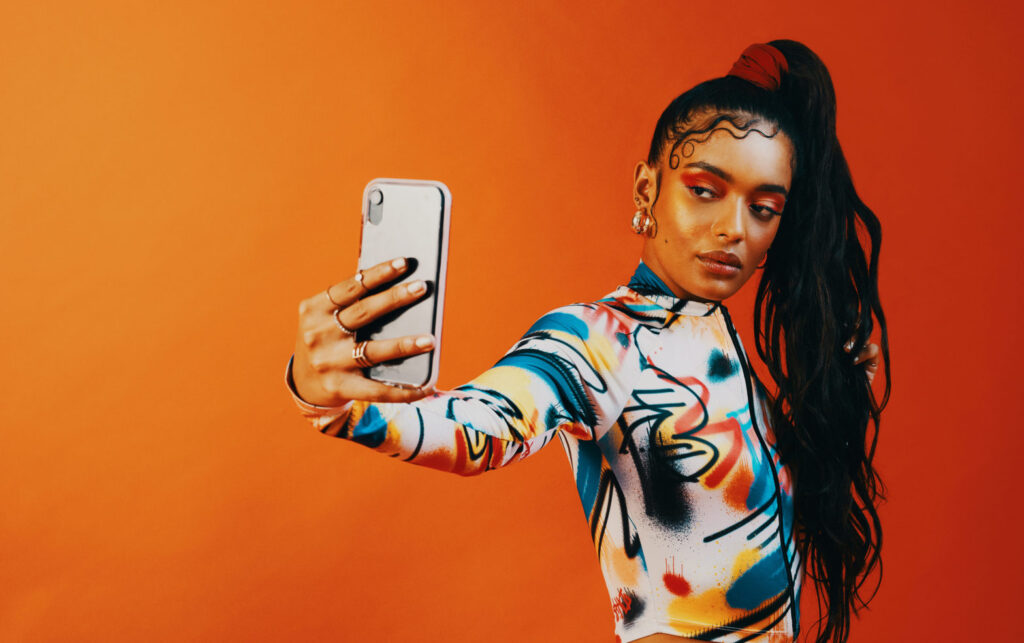The Dos and Don’ts of Influencer Marketing in 2025

By ONE INTEGRATED GROUP

Influencer marketing has evolved from a niche strategy to a fundamental pillar of digital marketing. The landscape has become even more dynamic, with a greater emphasis on transparency, authenticity, and long-term partnerships. But with great power comes great responsibility. Brands must approach influencer marketing strategically to protect their reputation and foster meaningful connections with audiences.
A late 2024 incident involving Juici Patties in Jamaica serves as a perfect example of the delicate balance required in influencer marketing. The company found itself in hot water when an influencer, under contract, used a viral sound from a different local food influencer without giving credit or compensation. This situation highlights both the challenges and opportunities that come with working with influencers, and it brings to light key lessons for brands to consider in 2025.
Here’s a breakdown of the dos and don’ts of influencer marketing, to ensure you’re on the right track and avoiding common pitfalls.
The Dos of Influencer Marketing

1. Prioritize Authenticity and Transparency
In 2025, consumers are more discerning than ever before. They can quickly spot inauthentic content, and the trust they place in influencers is increasingly influenced by transparency. When working with influencers, it’s crucial to ensure they align with your brand values and messaging. Audiences appreciate influencers who share their genuine opinions and experiences, so don’t push for content that feels forced or overly scripted.
Tip: Make sure influencers disclose their partnerships clearly. Whether it’s through hashtags like #ad or #sponsored, transparency is non-negotiable. Failing to do so can damage both the influencer’s and your brand’s credibility.
2. Engage in Long-Term Partnerships
One-off influencer collaborations might have worked in the past, but in 2025, building long-term partnerships is key to success. Brands should look beyond short-term campaigns and aim to form lasting relationships with influencers. This strategy ensures that the brand message is consistently communicated, making it more likely to resonate with audiences over time.
Tip: Consider the long-term impact of your influencer relationships. Rather than focusing solely on immediate results, prioritize influencers who can speak to your brand’s evolution and values in a consistent, authentic way.
3. Encourage Creative Freedom
Mistakes happen—no brand is perfect. The key to handling a crisis effectively is transparency. When something goes wrong, be upfront about it. Acknowledge the mistake, explain what happened, and outline the steps you’re taking to fix the issue. This level of transparency can strengthen trust in your brand, as consumers appreciate honesty and accountability.
Tip: While it’s important to provide guidelines, trust the influencer to develop content that fits their style. It’s this authenticity that makes their recommendations valuable.
4. Do Protect Your Brand’s Reputation
The incident with Juici Patties serves as a cautionary tale of the importance of protecting your brand reputation in influencer marketing. Contracts should be clear, setting boundaries and expectations. Legal protections around intellectual property, content usage rights, and compensation need to be spelled out in the agreement to avoid misunderstandings.
Tip: Always create a detailed influencer contract outlining rights, expectations, and responsibilities. This will help prevent situations like the Juici Patties incident from occurring, where content is used without proper credit or compensation.
The Don’ts of Influencer Marketing

1. Don’t Rely on Just Any Influencer
Choosing influencers should never be a hasty decision. Don’t be tempted to partner with an influencer simply because they have a large following. Influencer marketing is about finding a genuine connection with the audience, not just the numbers. A micro-influencer with a highly engaged community can be more valuable than a celebrity influencer with millions of followers but less interaction.
Tip: Consider engagement rates, audience demographics, and overall content quality before choosing influencers. A well-chosen influencer will connect better with your target audience, driving better results.
2. Don’t Ignore the Power of Local Communities
Influencer marketing is not just about going global—it’s about going local. Especially in markets like Jamaica, where local culture and community engagement are strong, working with local influencers can deliver better results. The Juici Patties incident demonstrated how local influencers can drive viral content, but without the right partnerships, brands can face missteps.
Tip: Engage with influencers who have strong ties to local communities. Local influencers understand the culture, language, and nuances of their audience, making them more effective in conveying your message authentically.
3. Don’t Over-Promote
One common mistake brands make in influencer marketing is overloading the influencer’s audience with too many promotional posts. If influencers are constantly promoting products or services, it can lead to audience fatigue. By 2025, audiences are savvier, and overly promotional content is often met with scepticism.
Tip: Keep your influencer campaigns balanced. Mix in non-promotional content to keep the audience engaged and avoid overwhelming them with continuous ads. Focus on value-driven content, rather than pushing products too aggressively.
4. Don’t Forget About Brand Alignment
One of the main lessons from the Juici Patties situation is the importance of ensuring that the influencer’s content aligns with your brand values. In this case, using a viral sound that wasn’t credited was more than just a missed opportunity—it was a breach of trust. Brands should always ensure that the influencer’s ethos and content match their own.
Tip: When selecting influencers, look for those who genuinely reflect your brand values. A mismatch between brand and influencer can result in authenticity issues, damaging both parties’ credibility.
The influencer marketing landscape will continue to evolve in 2025, with greater emphasis on transparency, authenticity, and mutual respect between brands and influencers. If you want to take your brand’s influencer strategy to the next level, start by defining your goals, aligning with the right influencers, and protecting your reputation with clear contracts. Influencer marketing can be a powerful tool—when done right.
Is your brand ready for a successful influencer marketing campaign? Contact us today for expert advice and strategies tailored to your business goals. Let’s make your next campaign a win! Let’s CURATE AMAZING stories!!
